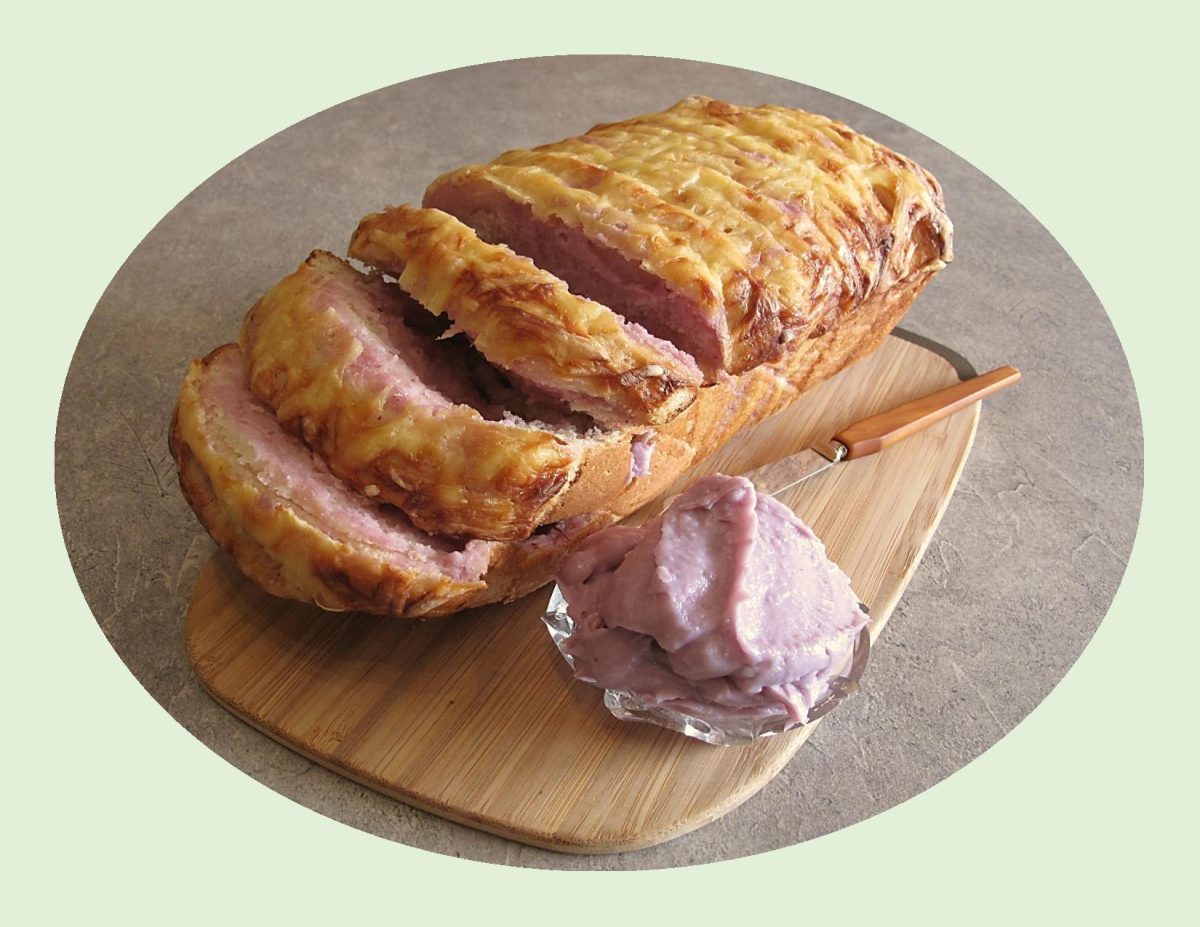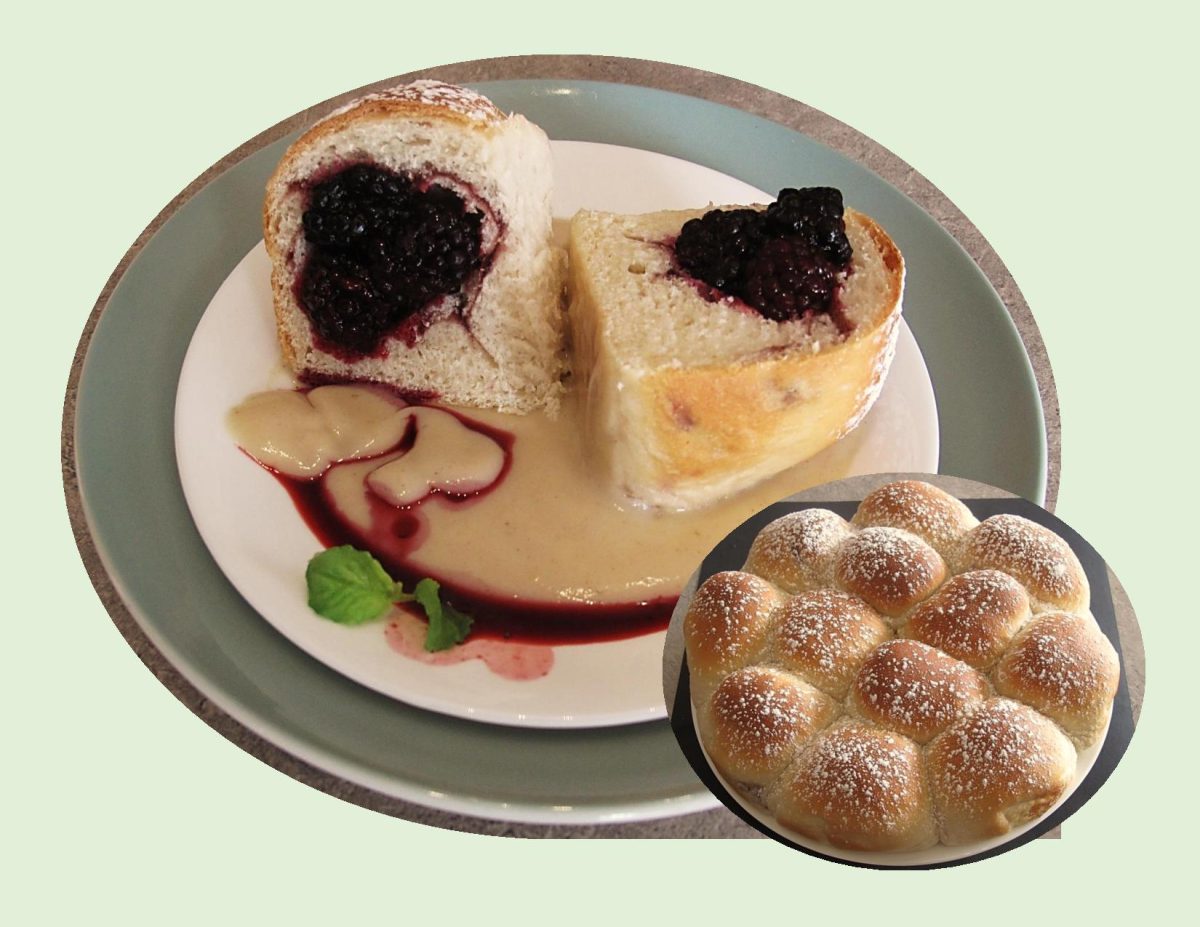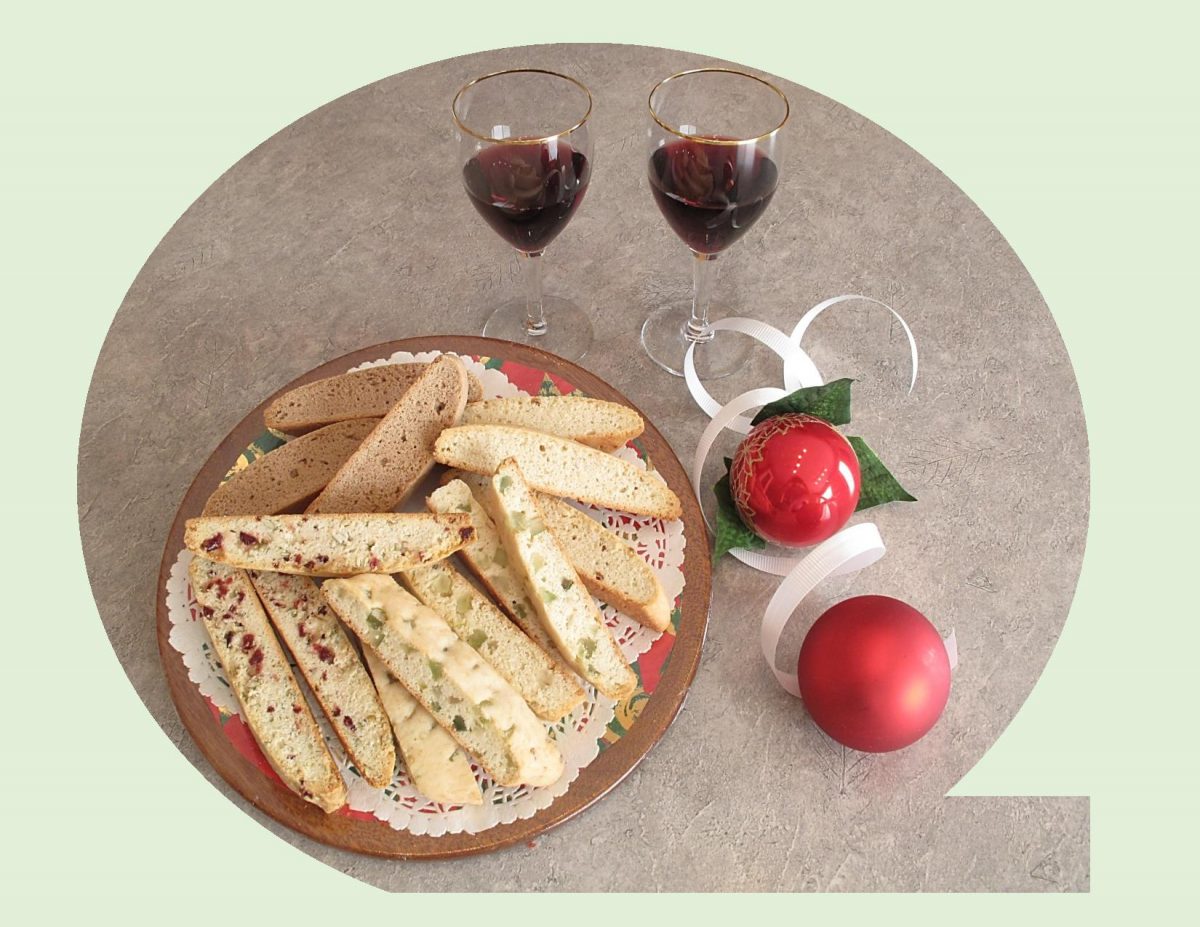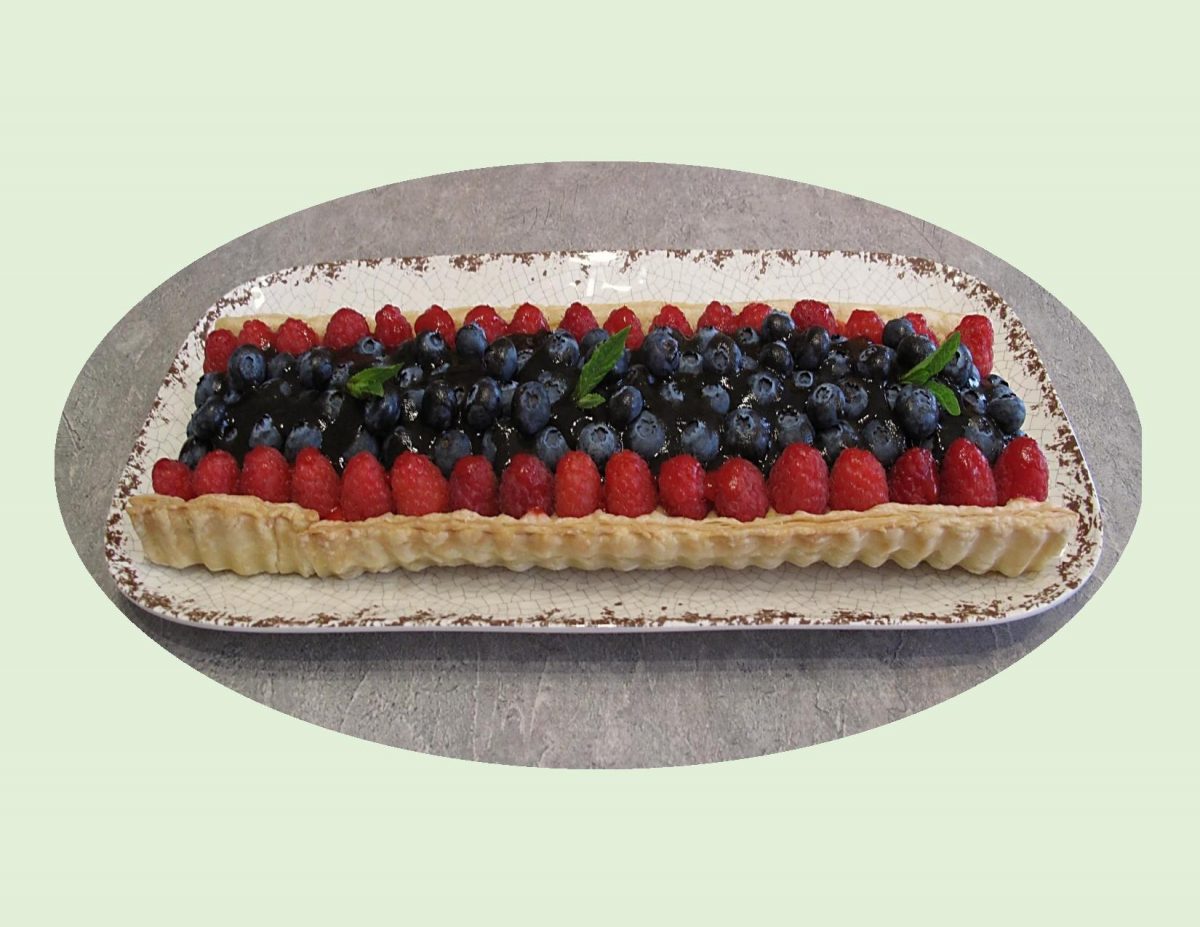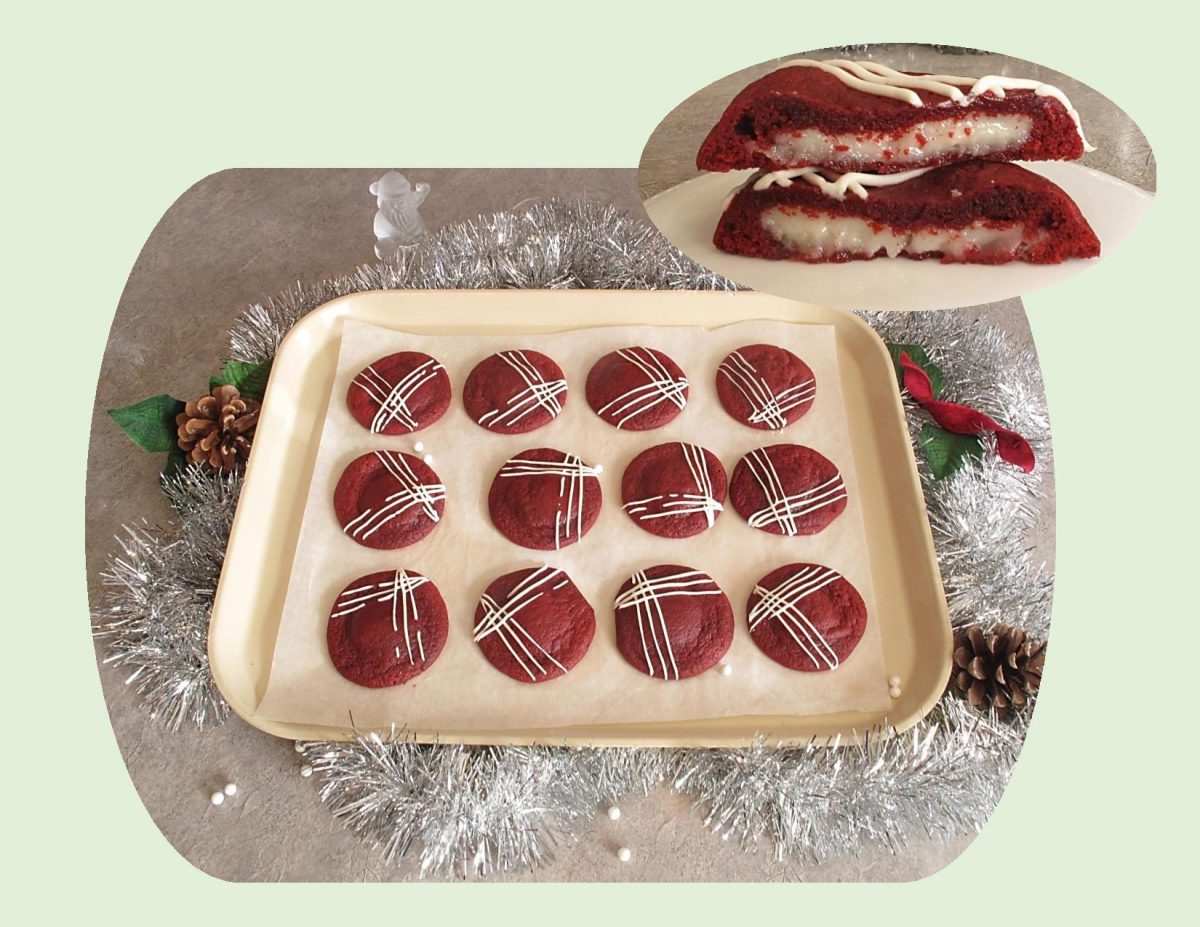There’s something about the presentation of food—it always seems to taste better when it looks great. Plated desserts aren’t quite my passion, but it was still an experience worth learning.
Our eyes are the gateway to our stomachs. When a dessert looks good, it’s like a promise that it’s going to taste amazing. But it’s not just about the looks; there’s actual science behind it! Psychologists believe that visually appealing food also seems tastier. The brain, being the mischievous little thing it is, associates’ beauty with flavor.
Plated desserts are essentially desserts that have multiple textures, flavors, colors and components that are paired together and presented beautifully on a plate, almost looking like a piece of art.
Dessert plating has been around since the Renaissance. The nobility used to have their chefs present their sweets in the most elaborate ways. So basically, when you’re plating, you’re partaking in a historical tradition.
Embracing the seasonality of ingredients not only adds fresh flavors to your desserts but also creates a visual impact on your plate.
These little elegant tarts are made using rings of crisp, sweet shortcrust pastry, a light pumpkin cheesecake and a layer of fresh cranberry orange gelee. Standing upright on a bed of gingersnap crumble, they are decorated with white chocolate fall leaves and candy spheres.
A plated dessert can be simple to strikingly complex and everything in between so you are only limited by your imagination.

| Servings |
|
- 340 gm cream cheese, room temperature
- 1/2 cup light brown sugar, packed
- 1/2 tsp cinnamon
- 1/4 tsp ginger
- 1/8 tsp EACH allspice, cardamom & cloves
- pinch of salt, white pepper & nutmeg
- 1 1/4 cups (about 280 gm) canned pumpkin puree
- 1/4 cup heavy cream
- 3 Tbsp pure maple syrup, optional
- 1 1/2 tsp pure vanilla extract
- 2 large eggs
- 170 gm fresh cranberries
- 1/4 cup sugar
- 2 Tbsp orange juice
- 1 - 3/4 tsp unflavored gelatin
- 1 1/2 cups (185 gm) flour
- 2/3 cup (85 gm) powdered sugar
- 5 1/4 Tbsp (50 gm) cornstarch
- 1/4 tsp salt
- 1/2 tsp pure vanilla
- 8 Tbsp (125 gm) unsalted butter, room temperature
- 1 large egg
- 2 cups pure gingersnap cookies
Ingredients
Pumpkin Cheesecake
Cranberry Gelee
Pastry
Crumb Base
|

|
- Preheat oven to 325 F. Line a 9 X 9-inch baking pan with parchment paper.
- In a large bowl, combine the cream cheese, brown sugar, ground spices, nutmeg and salt. Using an electric mixer, beat at medium speed until smooth. Beat in the pumpkin puree until smooth. Beat in the cream, maple syrup, vanilla and eggs at low speed until blended.
- Pour the batter into a prepared baking pan. Spread evenly in the pan. When baked & cooled the cheesecake should be the height of the width of your tart rings. (Mine are about ¾-inch).
- Bake 30 - 35 minutes or until a toothpick inserted near the center comes out clean. Transfer to a wire rack and let cool completely. Cover & refrigerate covered overnight.
- In a medium saucepan, combine the cranberries with 1/4 cup of water and cook over moderate heat until they begin to pop, about 5 minutes. Let cool. Transfer to a blender and puree until smooth. Strain the puree through a fine sieve. Rinse out the saucepan.
- Add the sugar & 2 Tbsp of water to the saucepan and bring to a boil, stirring, until dissolved. Let cool. Stir in the orange juice and cranberry puree.
- In a small bowl, sprinkle the gelatin over 1 Tbsp of water and let stand until softened, 5 minutes. Microwave for 10 seconds, or until completely melted. Whisk the gelatin into the cranberry mixture. Line a 6 X 9-inch dish with plastic wrap. Pour the gelée into a prepared pan; shake it gently to even it out. Refrigerate the gelee overnight.
- Combine the flour, powdered sugar, cornstarch, salt, & vanilla in a large bowl. Add the butter and mix with your hands until the butter is broken down into pieces the size of peas and the ingredients are well combined. Add the egg and mix with a fork until the dough is smooth and the egg is fully incorporated. Don’t overmix.
- Turn the dough out onto a large piece of plastic wrap and gently shape it into a ball. Wrap the dough in the plastic wrap and flatten it into a disc. Refrigerate for at least 30 minutes or overnight, until cold but still pliable.
- When the dough has chilled, unwrap the dough and place it on a silicone baking mat on your work surface. Roll it out into a rectangle about 1⁄8 inch thick, using a second silicone sheet on top.
- Using a sharp knife, slice the dough into strips about 1- inch thick. These strips will make the tart rings. Place cut pastry in freezer until cool. This will make handling the strips much easier.
- When chilled, transfer each strip of dough to one of the tart rings and lightly press it to the sides. (I am using 2 sizes of tart rings – 2 ¾-inch & 2 ½-inch diameter and ¾-inch width). Use a small knife to neaten the top edge of the rim on the rings.
- Transfer the baking sheet containing the tart rings to the freezer & freeze for at least 20 minutes.
- Preheat oven to 350 F.
- Bake tart rings for 15-20 minutes or until light golden in color. Cool on wire racks.
- Place gingersnap cookies in a sealed plastic bag. Using a rolling pin, crush to coarse crumbs. Set aside.
- CHEESECAKE: Using a ring cookie cutter the diameter of the inside of the BAKED pastry rings. Cut out circles. Cut each cheesecake circle in half, so that you have semicircles. Place one semicircle inside each pastry ring so that the curved edge sits flush inside the pastry ring.
- GELEE: Cut strips of gelee & place one along each cut side of the cheesecake, so that when you stand the rings of pastry up, it is sitting on top of the cheesecake.
- CRUMB BASE: Arrange small piles of gingersnap crumbs on a serving plate & place each tart on top of the crumbs, so they are standing vertically.
- DECORATION: Decorate your vertical tarts with whatever you wish. My choice was some tiny white chocolate fall leaves in keeping with an autumn dessert.
- Traditionally the pastry for the rings is made containing almond meal. Since I have a nut allergy, mine is made without but still has a nice crispy texture.
- Very often this kind of dessert is made with a chocolate filling but I wanted to do something in the way of a fall dessert.
- Using a pumpkin cheesecake filling has two benefits. It definitely says fall & is easy to make it conform to the circular shape.
- These plated desserts add such an elegant finishing touch to a holiday meal.


